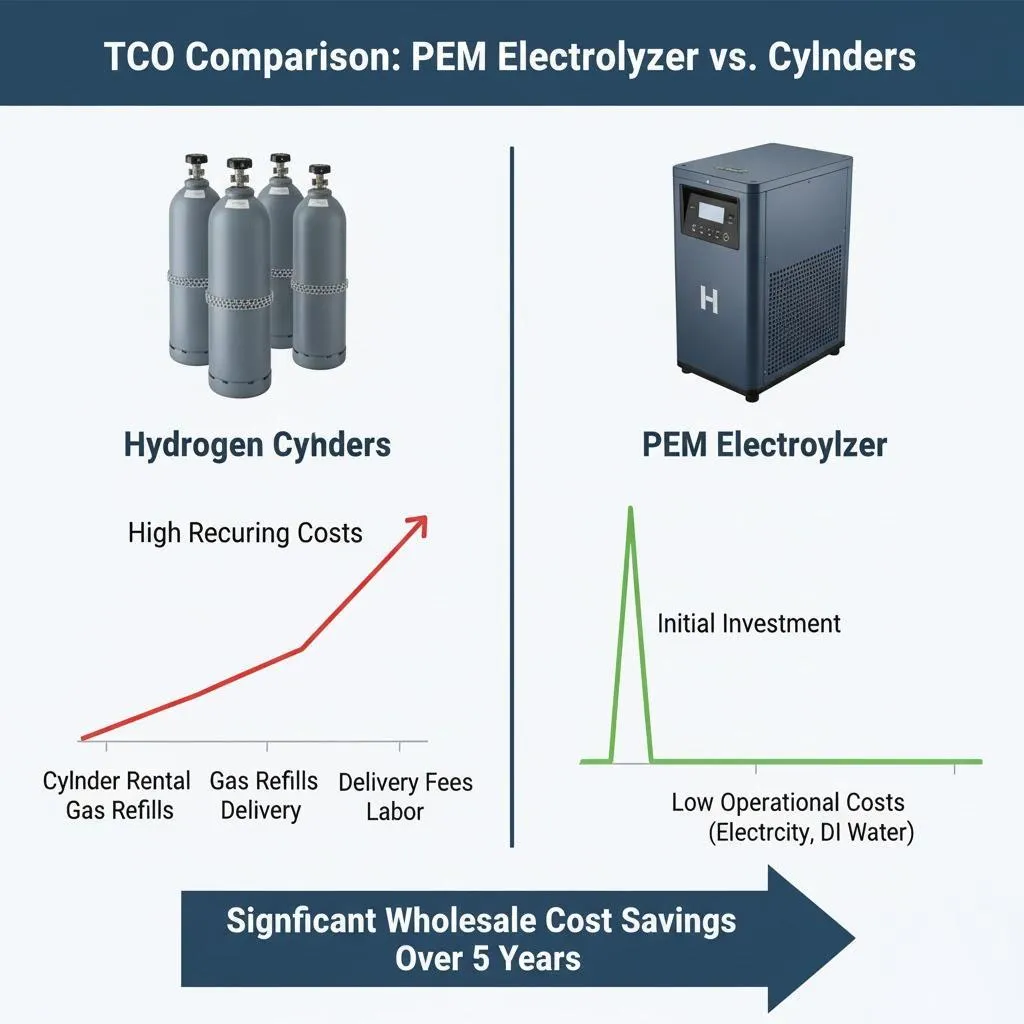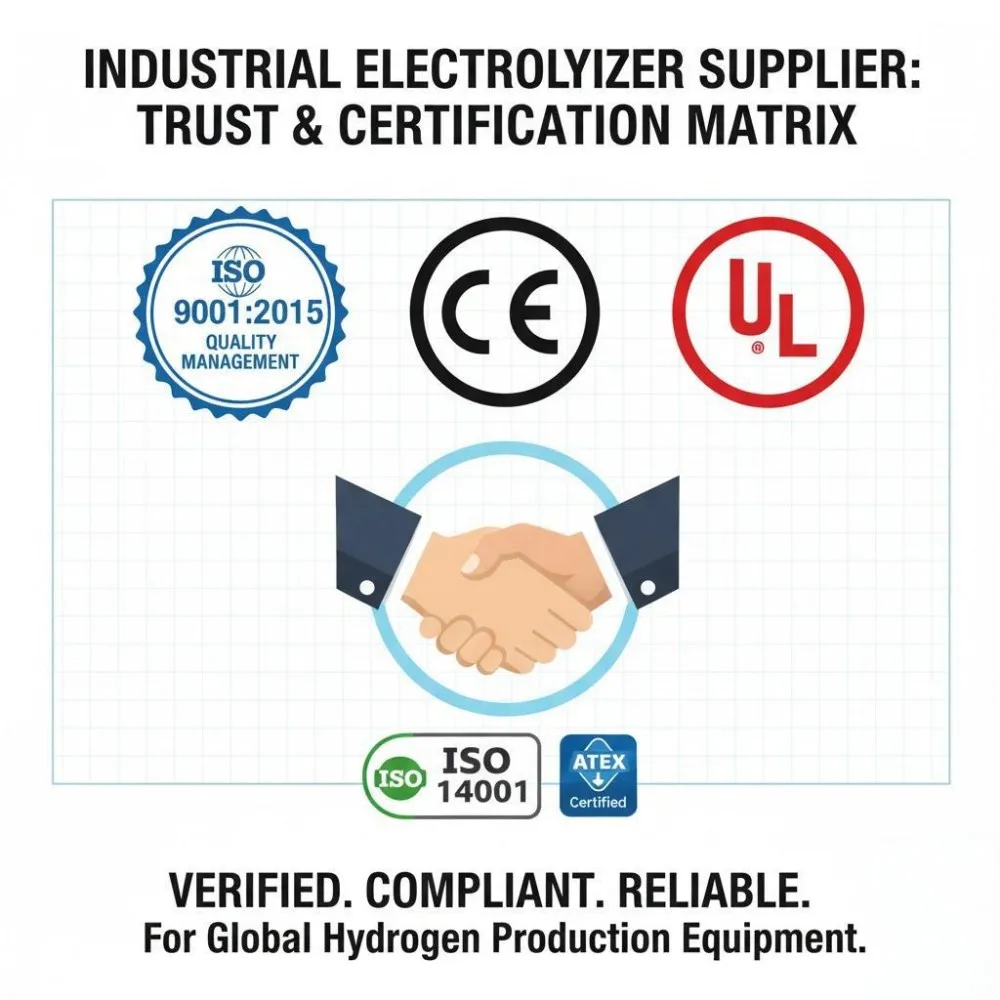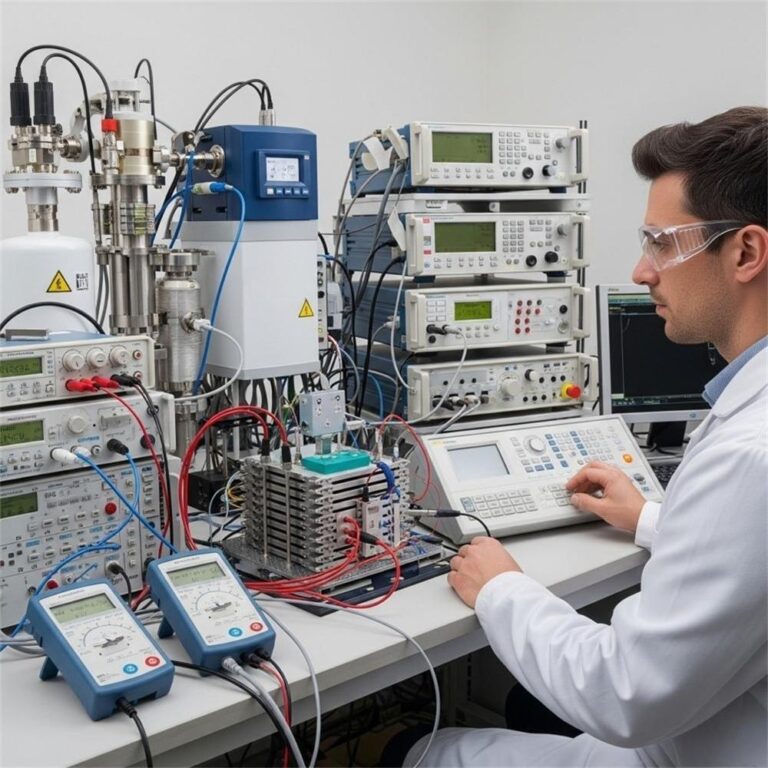Introduction
In today’s rapidly changing world, the demand for clean, sustainable energy is skyrocketing. According to the International Energy Agency (IEA), global energy needs are set to increase by 25% by 2040, creating an urgent need for innovative solutions. Among the frontrunners of this revolution is hydrogen—the most abundant element in the universe and a powerful energy carrier.
But harnessing hydrogen’s energy isn’t without challenges. Storage, transportation, and conversion have historically limited its practicality. That’s where hydrogen electricity generators come into play, offering a clean and efficient means to convert hydrogen into usable power.
In this article, we’ll dive deep into how hydrogen fuel cells work, explore their applications across industries, compare their efficiency to traditional power systems, and look at what the future holds for this promising technology.
How Hydrogen Fuel Cells Work: The Science of Clean Energy Conversion
Understanding Basic Fuel Cell Principles
At the heart of hydrogen electricity generators lies an elegant chemical process:
Hydrogen (H₂) + Oxygen (O₂) → Water (H₂O) + Electricity + Heat
Here’s a simple breakdown of how it works:
- Anode: Hydrogen gas enters and splits into protons and electrons.
- Electrolyte (PEM membrane): Only protons can pass through, while electrons are forced to travel through an external circuit—generating electricity.
- Cathode: The protons, electrons, and oxygen combine to form water, the only byproduct.
Essentially, hydrogen electricity generators create a steady flow of electrons (electricity) without combustion, resulting in clean, efficient energy production.
Detailed Breakdown of PEM (Proton Exchange Membrane) Technology
Proton Exchange Membrane (PEM) technology is the backbone of most modern hydrogen electricity generators:
- Selective Proton Conduction: The PEM allows only positively charged hydrogen ions to pass, ensuring a controlled and efficient reaction.
- Advantages:
- Low Operating Temperature: Typically between 50°C and 100°C, making it safer and faster to start than high-temperature fuel cells.
- High Power Density: Suitable for applications needing compact and lightweight systems, like vehicles.
- Quick Start-up: Essential for mobile and backup power scenarios.
However, PEM fuel cells are sensitive to fuel impurities like carbon monoxide, which can damage the membrane and reduce efficiency.
(A diagram here could visually depict the flow of hydrogen, oxygen, protons, and electrons in a PEM fuel cell.)
Applications of Hydrogen Electricity Generators: Powering a Sustainable Future
Stationary Power Generation
Hydrogen electricity generators are already making their mark in:
- Backup Power: Hospitals, data centers, and telecom towers rely on them for uninterrupted service during outages.
- Combined Heat and Power (CHP): Simultaneous generation of electricity and heat for residential and commercial buildings, boosting overall energy efficiency.
- Off-Grid Power: Perfect for remote communities, islands, and mining operations where connecting to the main grid is impractical.
Case Study: In Japan, ENEOS is deploying hydrogen fuel cells to power entire residential neighborhoods.
Transportation
Fuel cell technology is revolutionizing the transport sector:
- Fuel Cell Vehicles (FCVs): Cars like the Toyota Mirai and Hyundai NEXO are already commercially available.
- Public Transport: Hydrogen buses and trains (like Germany’s Coradia iLint) are reducing urban emissions.
- Maritime and Aviation: Companies like ZeroAvia are developing hydrogen-powered planes, while ferries in Norway already run on hydrogen fuel cells.
Portable Power
Compact hydrogen electricity generators provide clean power for:
- Camping and Outdoor Adventures: Lightweight and efficient, perfect for off-grid travel.
- Construction Sites: Quiet, emission-free energy reduces environmental impact.
- Emergency Response: Quick deployment in disaster-hit areas where grid power is unavailable.
Efficiency Comparisons: Hydrogen Fuel Cells vs. Traditional Power Generation
Efficiency Metrics
Efficiency is crucial when evaluating any energy system. Key metrics include:
| Metric | Definition |
|---|---|
| Electrical Efficiency | Ratio of usable electrical energy output to energy input. |
| Overall Efficiency | Electrical + thermal energy output compared to input. |
Comparison with Fossil Fuel Power Plants
- Fuel Cells: Electrical efficiency of 40–60%, and overall efficiency (with CHP) up to 85%.
- Coal Plants: Around 33% efficiency.
- Natural Gas Plants: Up to 60% with combined-cycle technology.
Environmental Impact: Hydrogen electricity generators emit only water vapor, while fossil fuels release carbon dioxide, sulfur dioxide, and particulate matter.
Comparison with Other Renewable Energy Sources
- Solar and Wind: Highly dependent on weather conditions, causing reliability issues.
- Hydrogen Fuel Cells: Provide consistent, reliable power regardless of external conditions.
Moreover, hydrogen can store excess energy from solar and wind production, acting as a vital link in a future grid dominated by renewables.
Future Developments and Challenges
Technological Advancements
Researchers are pushing the boundaries:
- Durability Improvements: New catalyst materials like platinum-alloy composites extend fuel cell life.
- Cost Reduction: Innovations like non-precious metal catalysts are slashing costs.
- Integration: Hydrogen electricity generators are being integrated with smart grids and AI systems for dynamic energy management.
Infrastructure Development
Widespread adoption hinges on:
- Hydrogen Production: Scaling green hydrogen production (using renewable energy).
- Storage Solutions: Developing safer and more compact hydrogen storage methods.
- Distribution Networks: Expanding hydrogen refueling stations, especially for transport applications.
Governments worldwide, from Japan to the EU, are introducing policies and incentives to build the hydrogen economy.
Cost Reduction Strategies
Mass production and breakthroughs are driving down costs:
- Economies of Scale: Growing demand leads to cheaper manufacturing.
- Advanced Manufacturing: 3D printing and automation enhance component production.
Potential Challenges
Despite rapid progress, challenges remain:
- Hydrogen Production Costs: Green hydrogen is still pricier than fossil fuels.
- Supply Chain Reliability: Building a global, resilient hydrogen supply chain is critical.
Frequently Asked Questions (FAQs)
1. What is a hydrogen electricity generator?
A hydrogen electricity generator uses a fuel cell to convert hydrogen gas into electricity, producing only water vapor and heat as byproducts.
2. Are hydrogen electricity generators efficient?
Yes, they can achieve electrical efficiencies of 40–60% and overall efficiencies up to 85% when combined with heat recovery.
3. What are the advantages of using hydrogen electricity generators?
They offer zero emissions at the point of use, high efficiency, quiet operation, and versatility across industries.
4. Can hydrogen electricity generators replace fossil fuels?
While not a complete replacement yet, they are poised to complement renewable energy sources and reduce dependence on fossil fuels significantly.
5. Are hydrogen electricity generators safe?
Yes, with proper engineering and safety standards, they are as safe as other energy systems, though hydrogen handling requires careful attention.
6. Where is hydrogen fuel cell technology being used today?
Hydrogen electricity generators are already powering cars, buses, backup systems for hospitals, and even residential neighborhoods.
Conclusion
Hydrogen electricity generators represent a powerful, clean, and flexible energy solution for our future. From powering cities and vehicles to providing critical backup power, they offer immense potential to reduce our carbon footprint and create a sustainable energy ecosystem.
As technology advances, costs decrease, and infrastructure grows, hydrogen electricity generators will likely become an everyday part of our lives—ushering in a cleaner, greener world.
Let’s champion innovation and support initiatives that bring us closer to a hydrogen-powered future. Together, we can unlock the true power of hydrogen!







